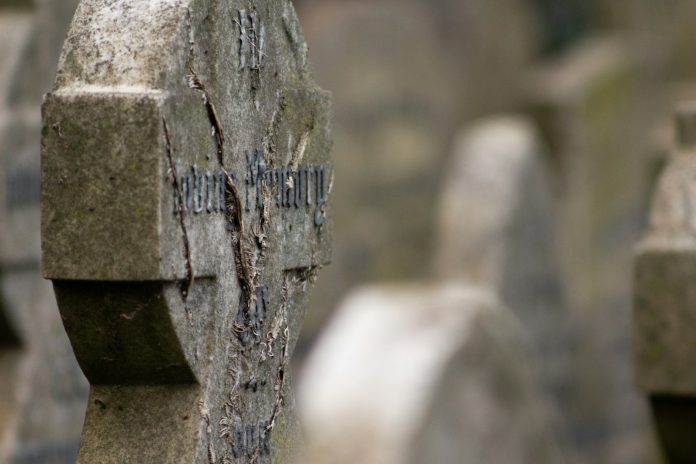
When we lose someone dear, finding a way to remember them becomes part of the healing process. Across cultures and centuries, people have turned to symbols, rituals, and monuments as lasting reminders of the lives that shaped theirs. Among the most enduring traditions are headstones, markers that do more than identify a resting place — they carry stories, memories, and a quiet presence that continues to speak long after words have faded.
The History of Memorial Markers
Memorial stones stretch back thousands of years. From ancient cairns to ornate monuments, humans have always used stone to acknowledge loss and celebrate life. Early markers were often simple piles of rocks, placed to signify a burial site. Over time, these evolved into carved slabs and sculpted memorials, reflecting not only the individual being honoured but also the cultural and spiritual beliefs of the community.
In medieval Europe, elaborate carvings depicted religious scenes, while Victorian memorials leaned toward symbolism — angels, flowers, and open books were all common motifs. Today, while designs vary, the purpose remains unchanged: to give families and friends a place to reflect, remember, and feel connected.
Why We Still Turn to Stone
Stone has always been chosen for its durability. Unlike wood or metal, it can withstand weather, time, and generations of visitors. But the use of stone is not only practical; it also carries symbolism. Stone represents strength, permanence, and the unshakable weight of memory. Standing before a marker provides a physical connection to someone no longer present, grounding emotions in a tangible way.
Choosing a Meaningful Design
Every marker tells a story, and families today have more options than ever to personalise how they honour their loved ones. Some important considerations include:
- Material: Granite and marble remain popular for their resilience and beauty.
- Shape & Size: From traditional upright slabs to flat markers or even custom-shaped designs.
- Inscriptions: Words of love, quotes, or symbols that capture the essence of the person.
- Imagery: Engravings such as flowers, animals, or faith-based symbols add a personal touch.
The design process itself can be healing, giving families a chance to reflect on the qualities and values that defined their loved one’s life.
Memorials Beyond the Cemetery
While cemeteries remain the most common setting for markers, they are not the only option. Many people create memorial gardens at home, using stone markers as part of a personal space for reflection. Public memorials also remind communities of those lost in significant events, offering a shared place for collective remembrance.
The Role of Ritual in Healing
Visiting a marker is often more than an act of respect; it becomes part of the grieving process. Placing flowers, lighting a candle, or simply pausing in silence offers comfort. These rituals allow people to feel connected, even as time moves forward. For many, regular visits become a way to maintain bonds, share news, and find peace in remembering.
Honouring in Modern Times
Modern technology has added new layers to traditional memorials. QR codes engraved into markers can link to online tributes, photo galleries, or videos, giving visitors a fuller picture of a person’s life. Though the medium evolves, the intention remains the same: to keep memories alive and accessible.
Why Memory Needs a Place
Grief often feels intangible, a mix of emotions that can be overwhelming. Having a physical place tied to memory helps anchor those feelings. It allows loved ones to step away from the noise of daily life and reflect in a space dedicated entirely to remembrance.
Whether simple or ornate, a memorial stone does more than mark a life’s end — it marks a life lived. Each name, date, and carving is a reminder that behind the stone lies a story worth remembering.
Keeping Stories Alive
At their heart, these markers are about legacy. They ensure that, years from now, family members and even strangers will know a name and recognise a life once lived. They remind us that while loss is inevitable, forgetting is not.
By honouring those we’ve lost through memory and stone, we keep alive the love, lessons, and stories that shaped us. In doing so, we ensure that their presence endures — not only in the past, but in the way we carry them forward.








